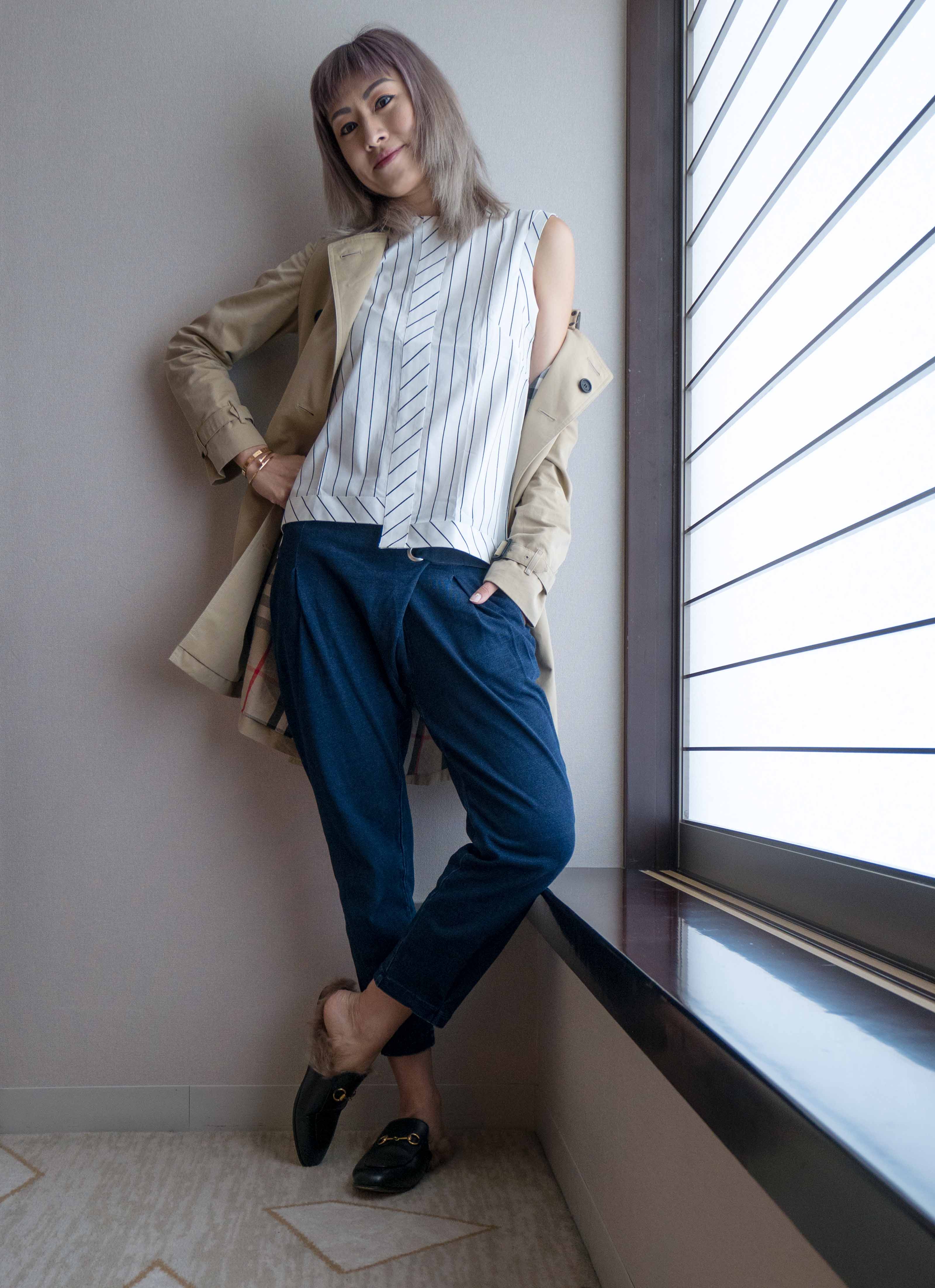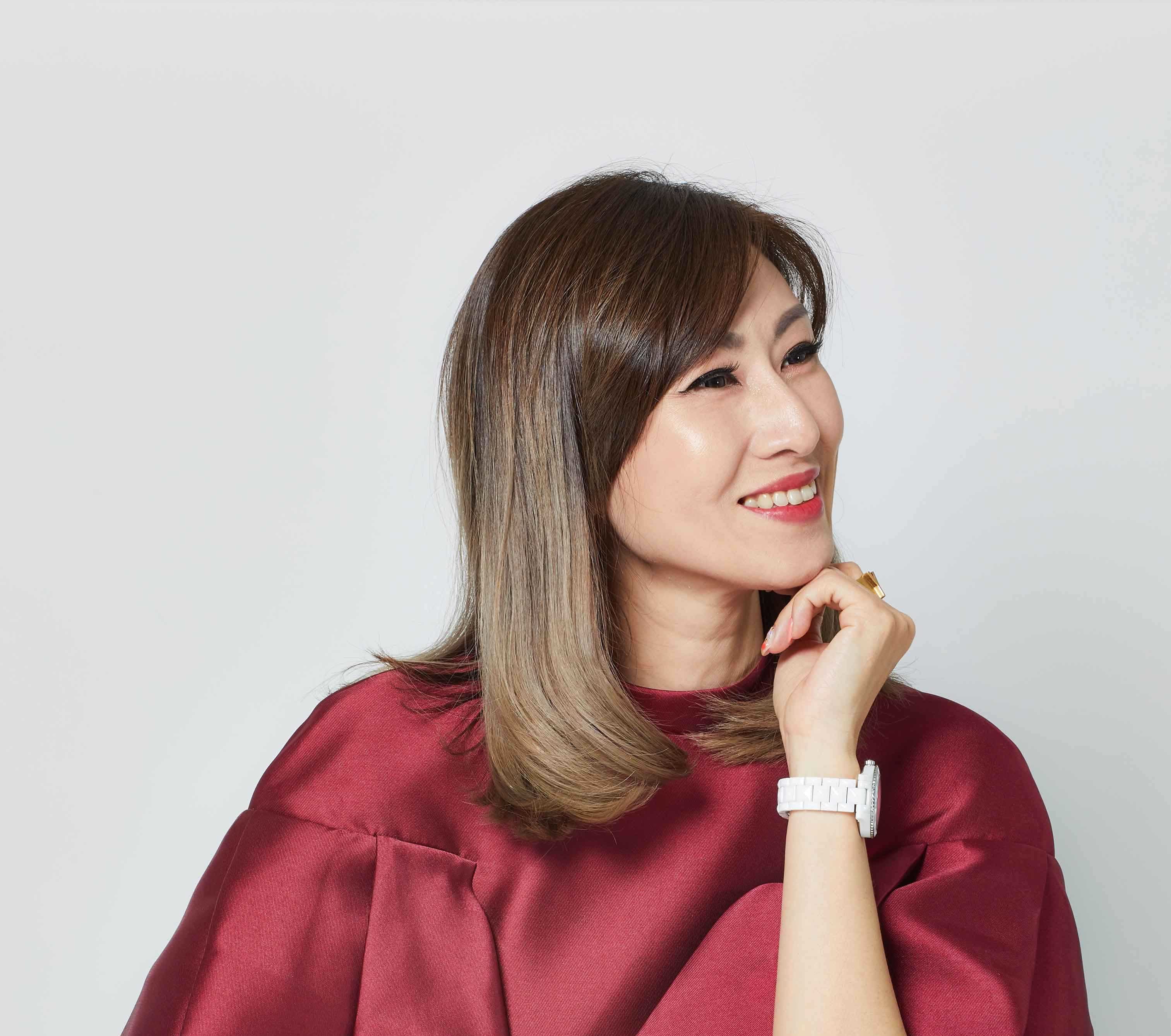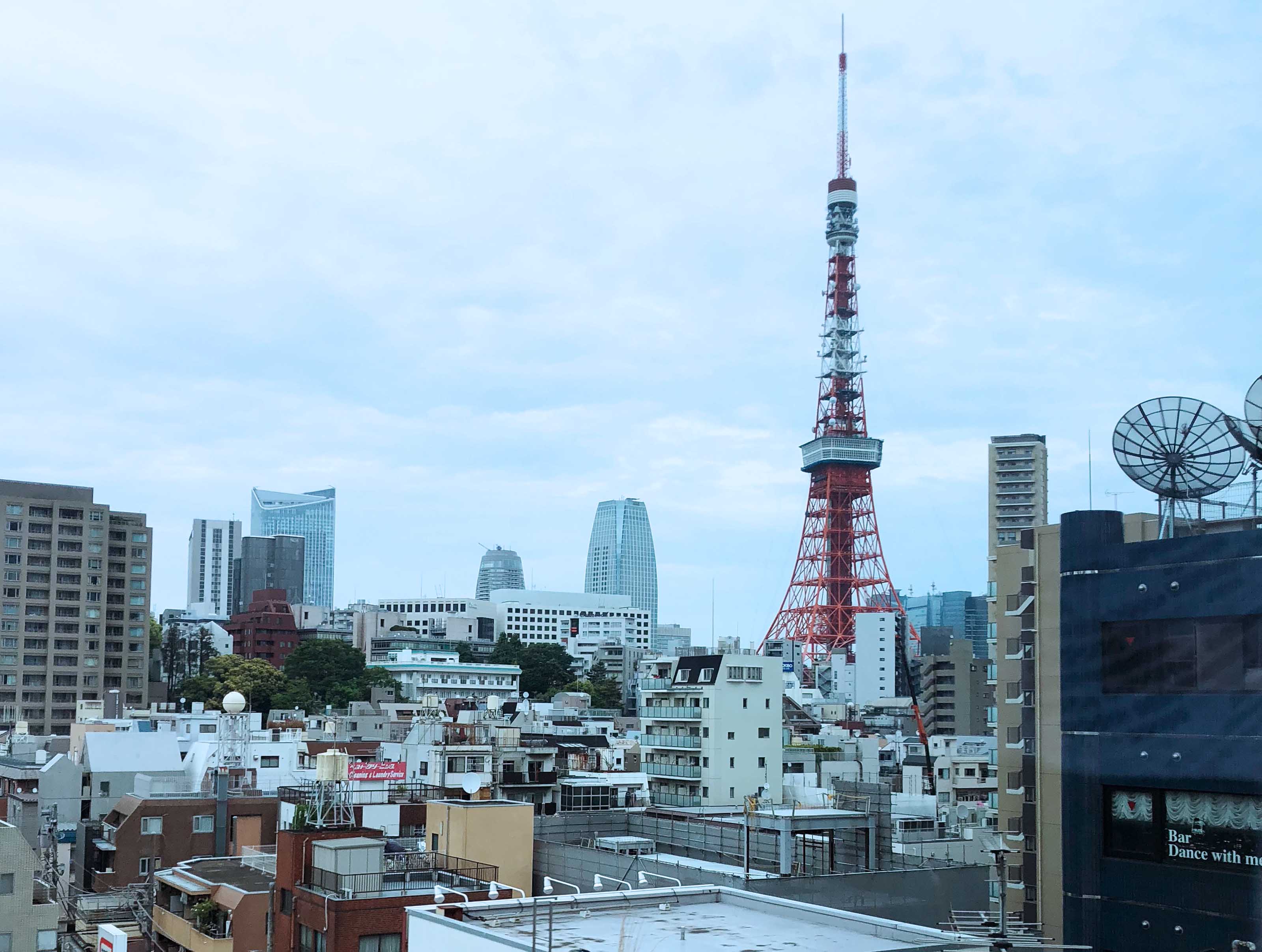
Tokyo Tower taken at Ginza Six.
After what seems like 2 decades, I’m finally back in Japan – land of the rising sun. I was only 14 when I first visited Tokyo. I can tell you that I don’t remember much, except clear memories of visiting Disneyland.
This visit to Japan was refreshing. I believe I can remember a whole lot more in the next 2 decades. Let me share some of my experiences and tips for Tokyo. Hopefully these travel ideas and tips will help you if you’re visiting Tokyo, especially if this is your first time to Japan.
PACKING FOR TOKYO
Like any other country with four seasons, spring is always pleasant. I was there in mid spring and the temperature ranged between 17 Celsius in the day to around 12 Celsius at night. At first, my family and I were hoping we could catch the Sakura (cherry blossom) but we were a little too late.
In a way, it was a blessing that the Sakura season was over when we were there. Touristy spots have shorter queues and we didn’t have to wait in the cold or rain. So sweaters and a trench coat for night strolls are sufficient.
Also, make sure you pack a pair or two of comfortable walking shoes. You’ll be walking a whole lot and taking a lot of public transportation because it is so convenient.
JR PASS (Japan Rail Pass)
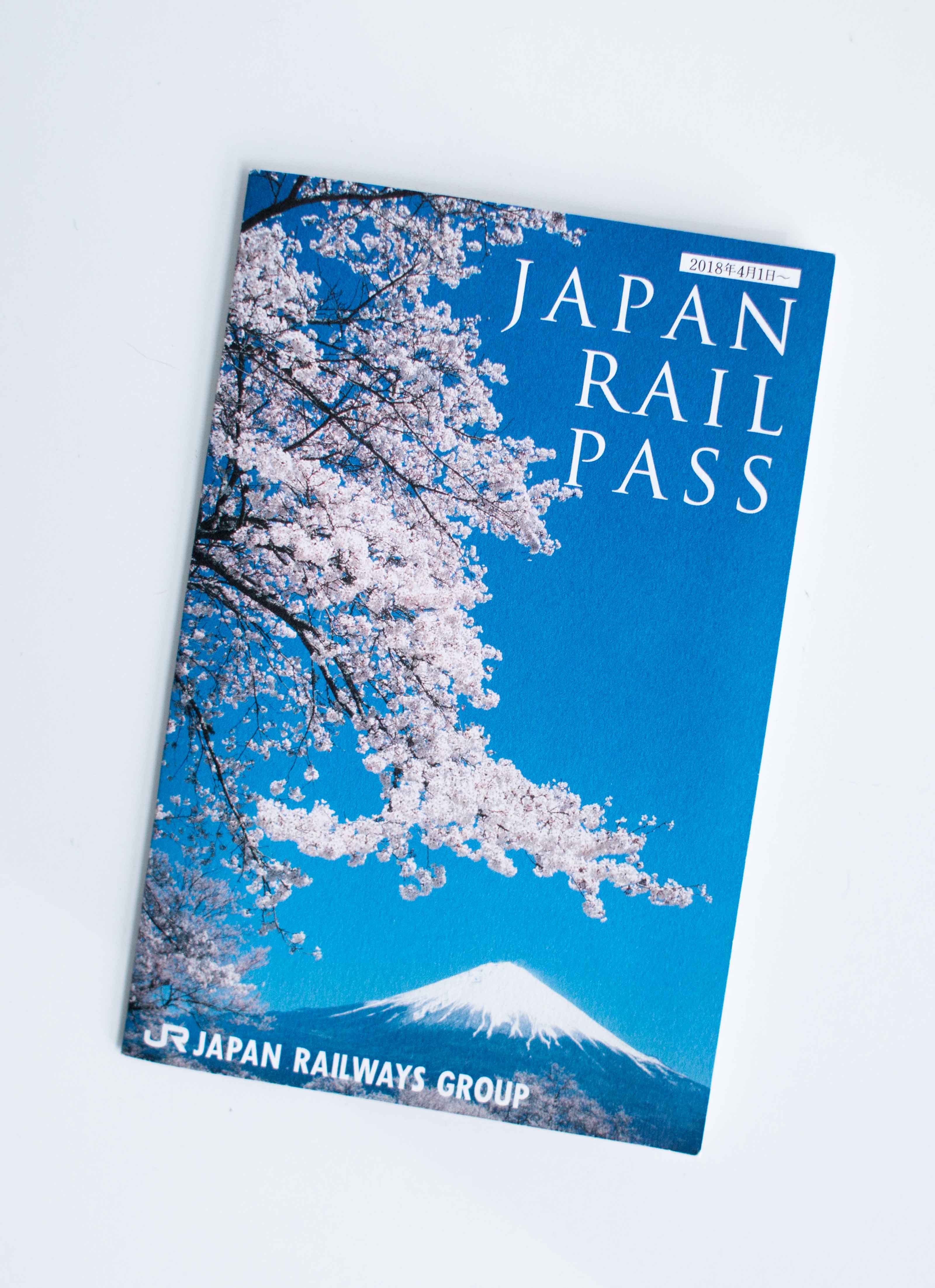
JR Pass Book to be collected at the Japan Rail Counters
This is a wallet saver if you’re traveling from Tokyo to another city and using the Shinkansen (fast train) a lot. Even if you decide to take the Narita Express from Narita Airport to downtown Tokyo itself, you’ll save a whole lot with the JR Pass. This JR Pass is strictly for tourist only. The locals do not get this discount.
JR Passes are usually available at the tour agencies. In Malaysia, you can get them online at Travel Recommends and Klook. This pass is great only if you’re traveling out of Tokyo with the fast train. Once you purchase the JR Pass, you will receive a receipt from the travel agency. Use this receipt and look for a JR Pass Counter to claim your JR Pass Booklet. There’s a JR Pass counter at the Narita Airport but just be aware that you might need to spend about an hour in line to get your booklet. The line really depends on the tourist traffic.
Let me do some calculation for you base on our travel itinerary. The prices below are the starting prices and it could potentially be pricier.
- Tokyo – Kyoto = JPY17,600
- Kyoto – Hiroshima = JPY15,060
- Hiroshima – Tokyo = JPY23,100
- TOTAL = JPY55,760 (which is equivalent to RM2030)
Klook is selling a 7 Day JR Pass at only RM1044. Which means you could potentially save RM986. Even if you buy the 14 day JR Pass (RM1683), you could still save RM347. If you factor in taking the Airport Express to Tokyo and a return trip, you would save another JPY7,920 (RM288) itself.
If you’re traveling within Tokyo itself, you can pass on the JR Pass. You won’t need it.
DOWNLOAD THE JAPAN TRAVEL APP
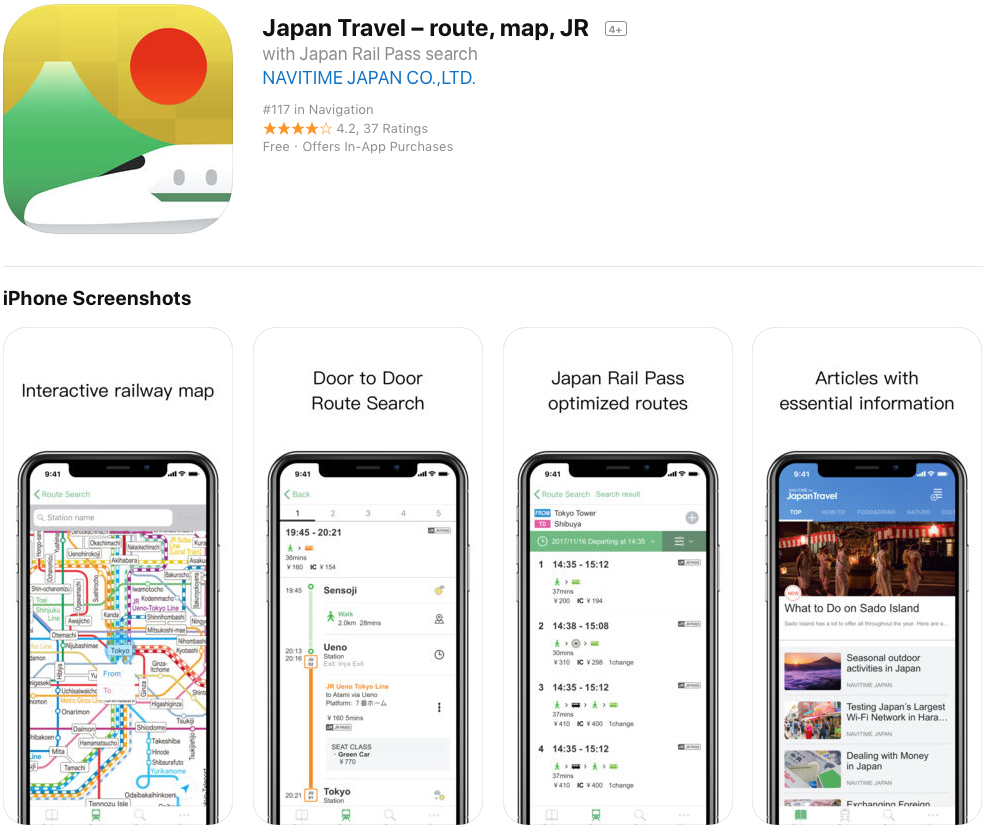
Great App to have in Japan
I highly recommend you to download the Japan Travel App (iOS) or this one for Android. It is so easy to use, especially to plan out your subway/metro routes. As long as you have a pocket wifi or you’re on International Roaming, you can easily plan your destinations.
The only setback on using this app for me was planning the walking route from the subway station to my destination. Unless you want to pay extra to download the upgraded app, I actually used my Google Map to map out the route from the subway station to a specific destination.
ACCOMODATION
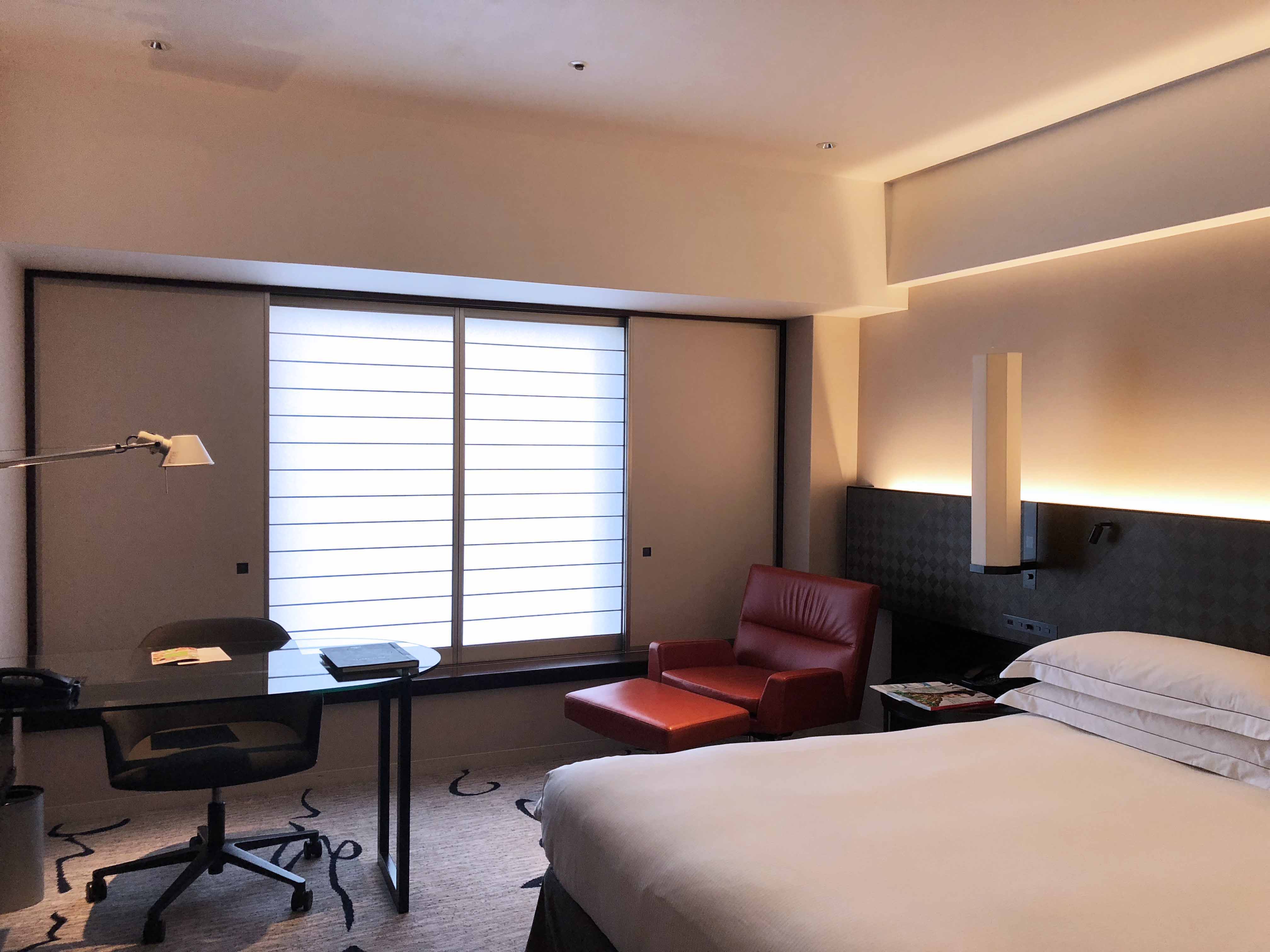
Hilton Tokyo – Shinjuku
We stayed at the Hilton Shinjuku and I was very pleased with the service and location. The hotel’s location is very convenient and there’s a subway station – Nishi-Shinjuku, just around the corner.
This hotel has a shuttle bus that goes to and from Narita Airport. The price for the bus shuttle is the same as the Narita Express train, but the bus will drop you off at the front of the hotel.
BUYING A SUBWAY/METRO CARD
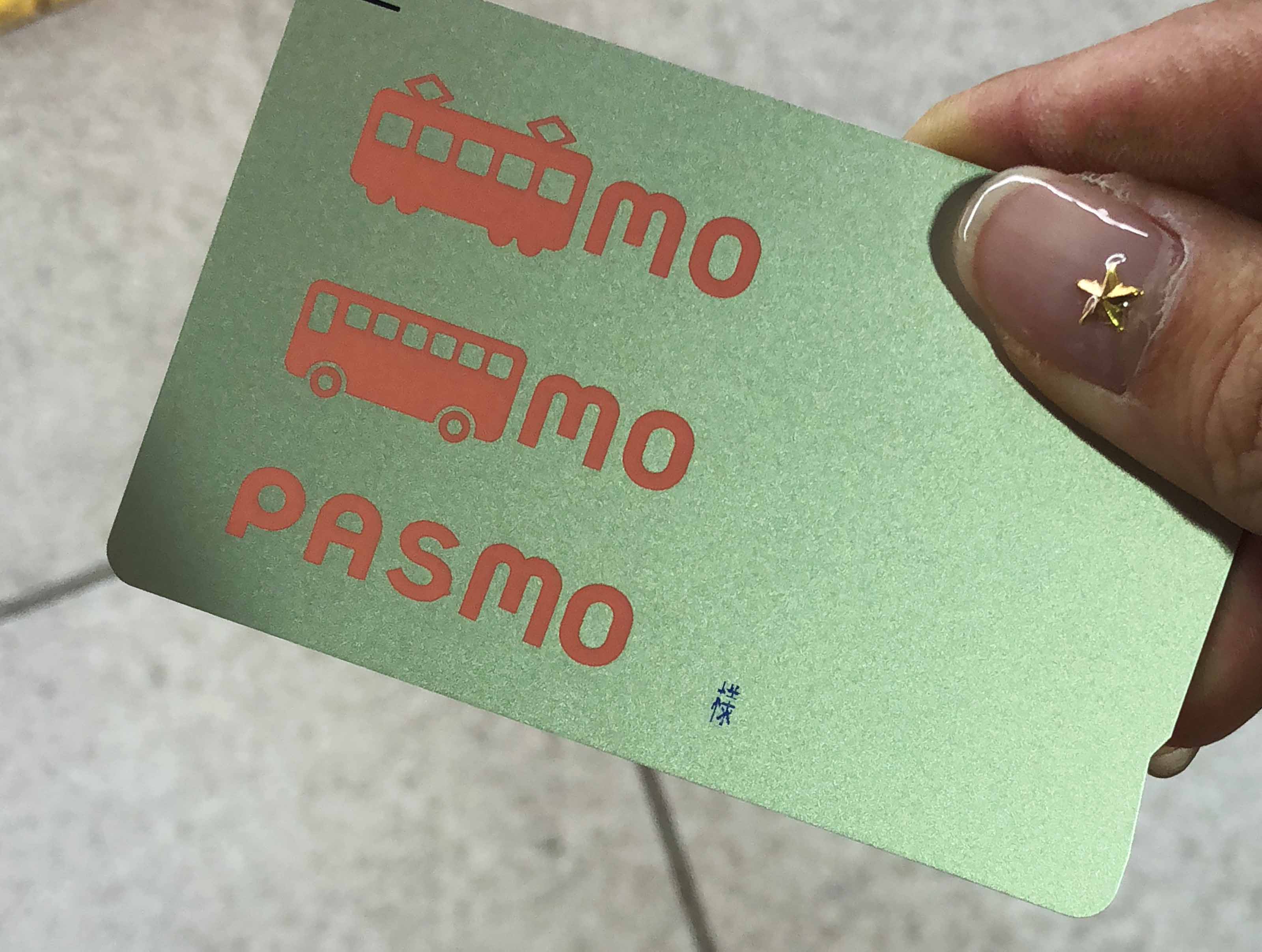
Pasmo Card
It’s easy to buy a subway/metro card. There are 2 main companies – Pasmo and Suica. Machines to buy these cards are available in every subway station. These machines do have other languages, English included, so you don’t have to worry. Once your card is running low in credit, just look for the machines to reload. It’s available in every station as well. Pasmo and Suica cards can be used on both busses and trains.
Generally, most Japanese are pretty helpful, but there’s a language barrier. If you get ignored, it just meant they’re uncomfortable in speaking a foreign language and would rather not help. Don’t worry if this happen to you. You just need to go to the information counter and get assistance from there.
PLACES TO VISIT
This really depends on how many days you’re staying in Tokyo. We were there for 5 days 4 nights in total and we definitely visited a lot of places and well feasted. Here are some of the places which we went and I find them worth a visit.
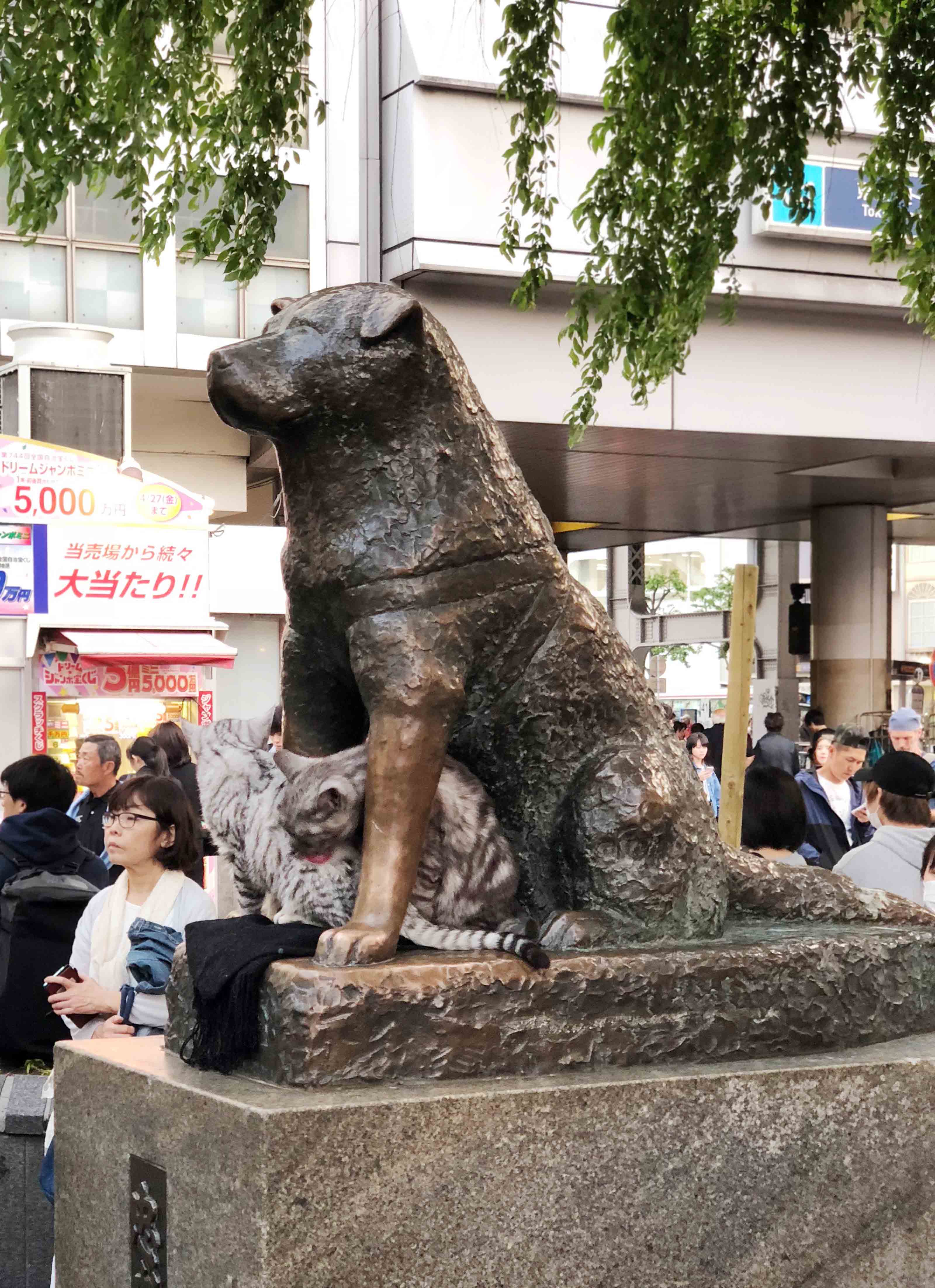
1. Hatchiko Statue at Shibuya’s Train Station
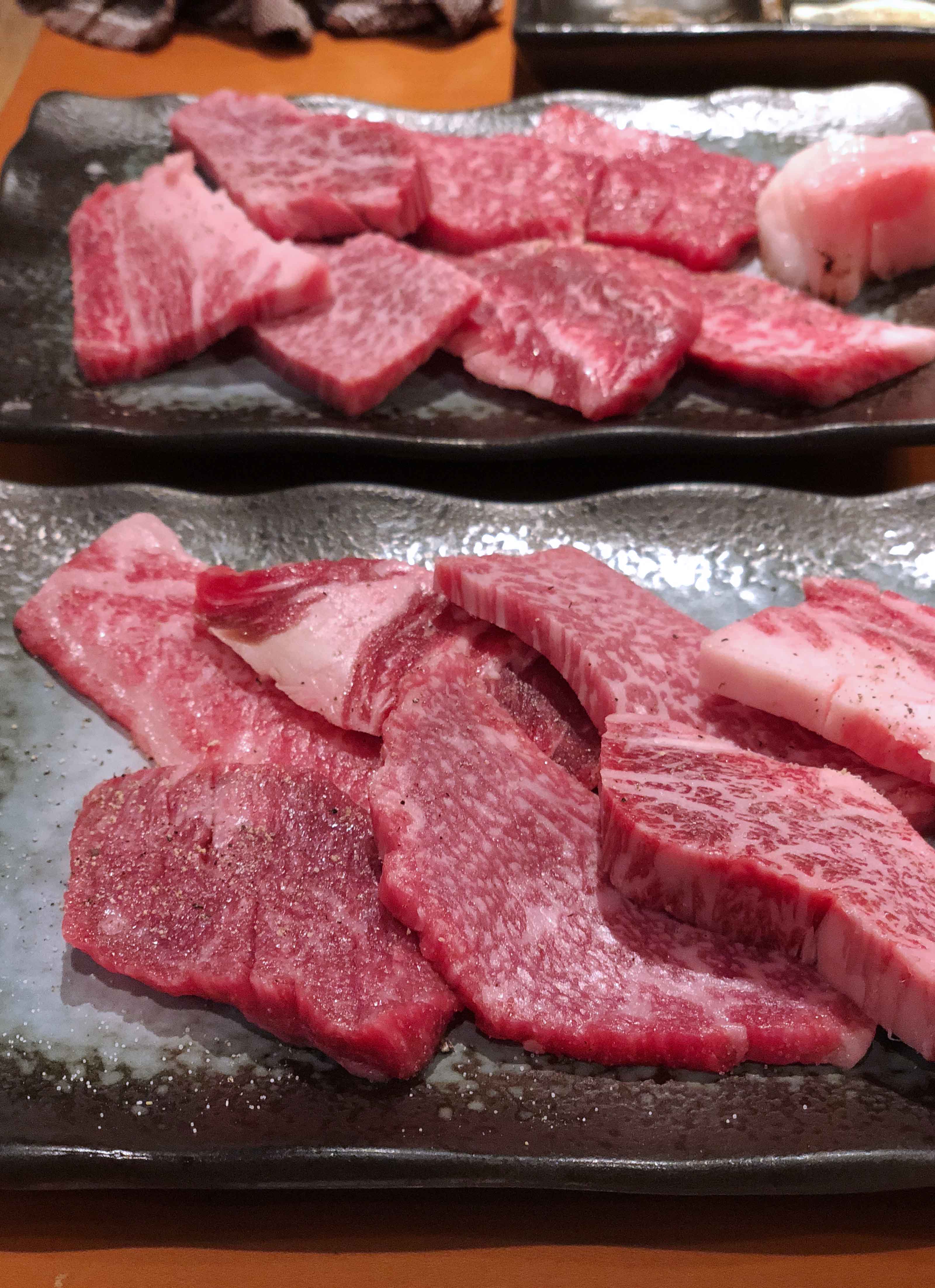
2. Kobé Beef at Han No Daidokoro Kadowaki
- Shibuya
1. If you take the train, the first thing you will see once you exit the station (Hatchiko Exit), will be the statue of a famous dog – Hatchiko. It’s based on a true story where this loyal dog named Hatchiko, waited for the owner every night at the train station for the owner to come home. Even when the owner had passed away, Hatchiko still waited for the owner till it passed away.
2. You have to at least try to cross the world’s busiest crosswalk! It’s insane and everyone seem to walk very fast!
3. We had one of the best BBQ Kobé beef here at Shibuya. The name of the restaurant is Han No Daidokoro Kadowaki. This restaurant was introduced by the our hotel’s concierge and I would highly recommend it to anyone who want some good Kobé beef. If you would like to pay a visit, do get your hotel to call them to book a table for you. It does get busy during dinner time.
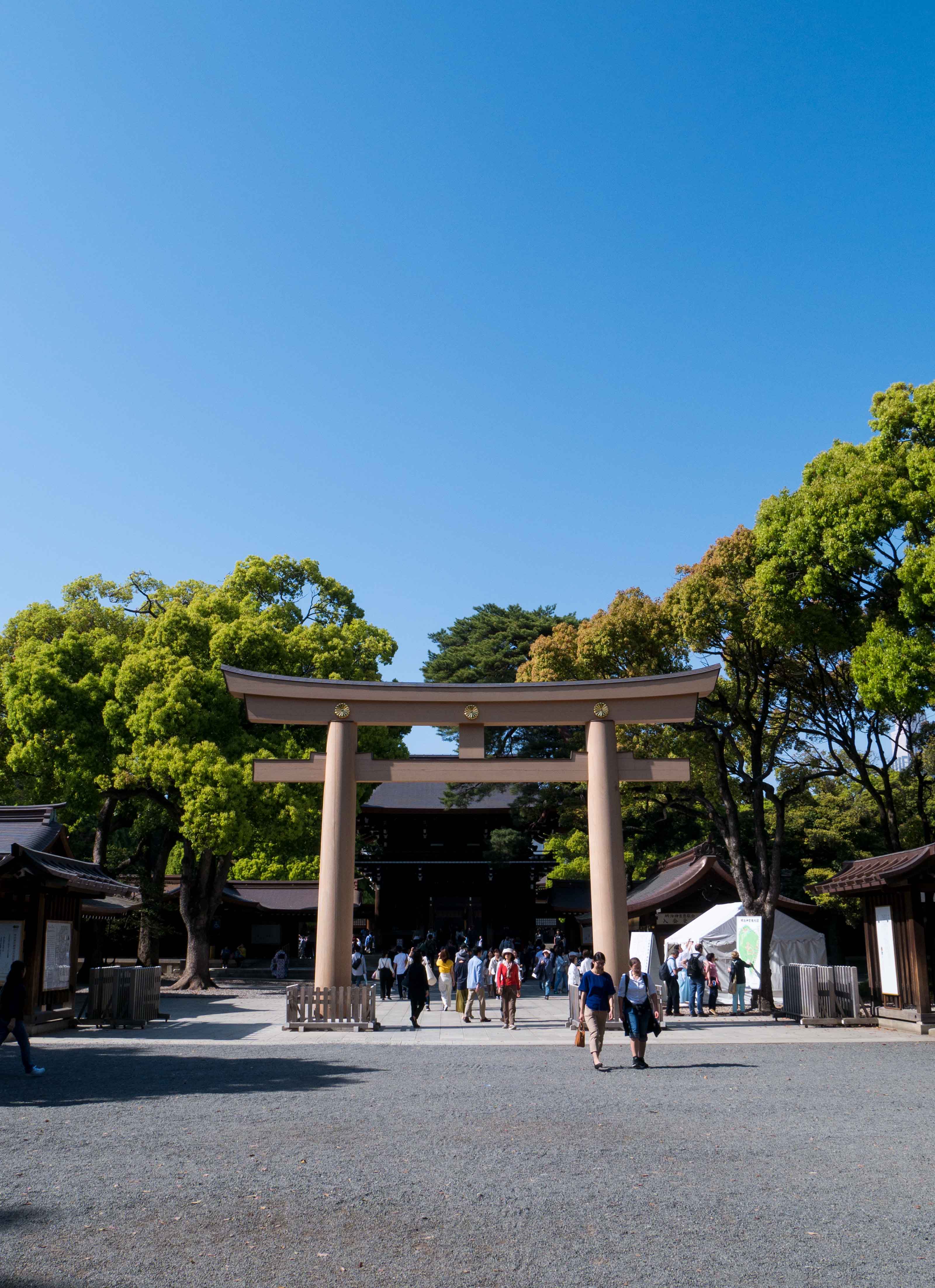
Meiji Shrine at the heart of Tokyo
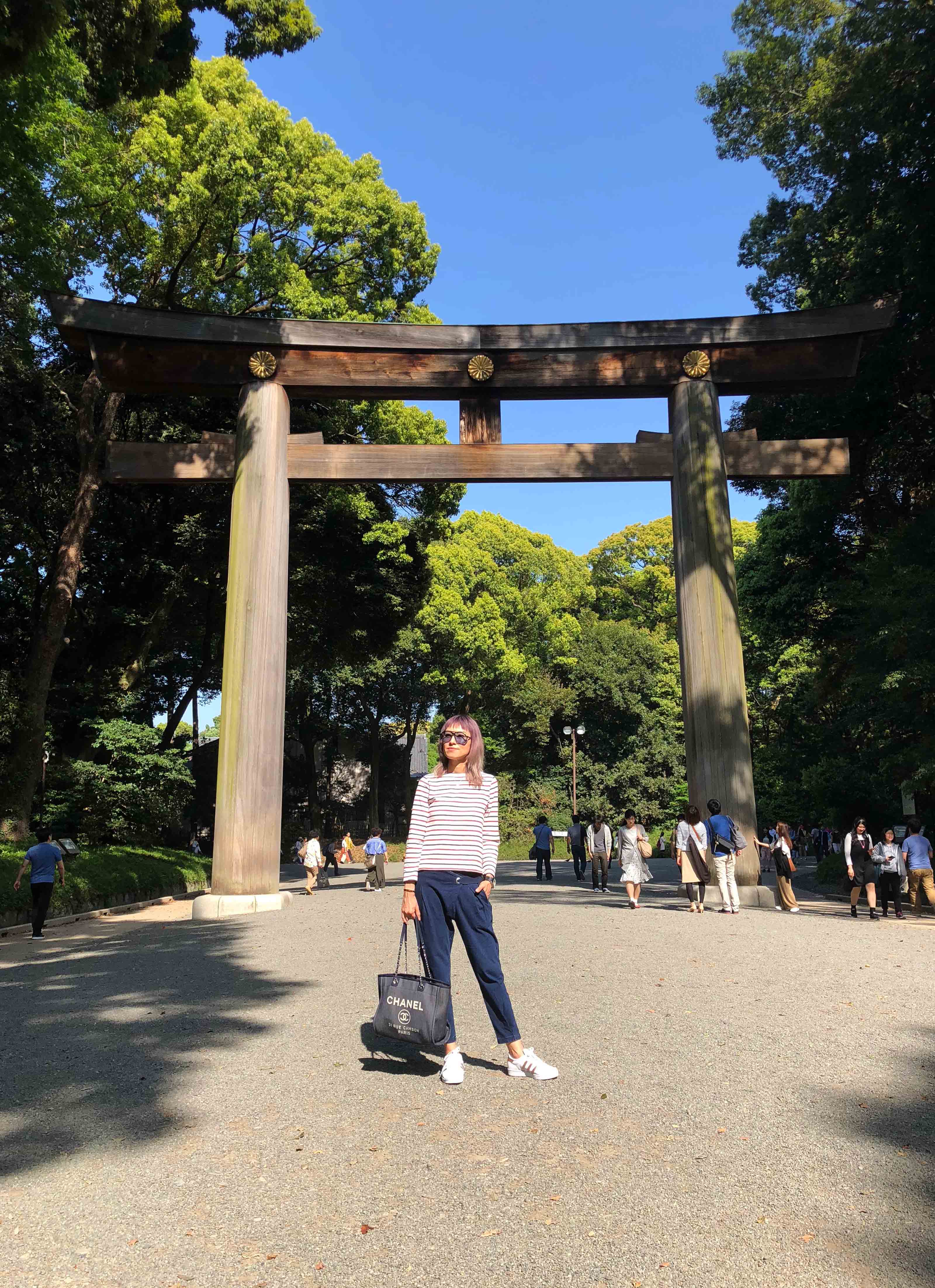
Spring Outfit in Tokyo
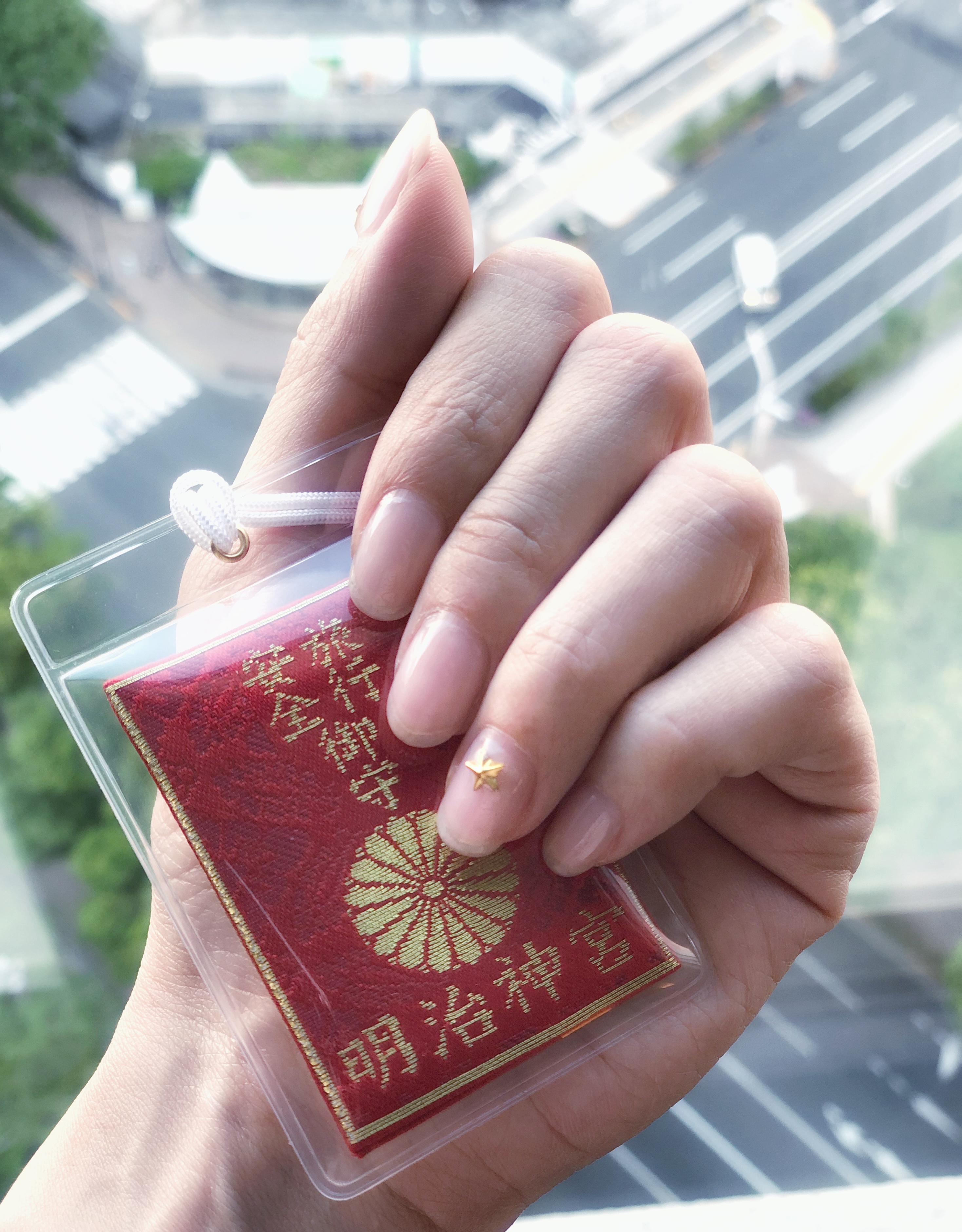
A good luck charm for safe travels bought from Meiji Shrine.
- Meiji Shrine – This shrine is located at the heart of Harajuku, which is also at Shibuya. This park is like the Central Park of Tokyo. The garden is huge and the Meiji Shrine is in the middle of the garden. You can spend almost two hours walking around.
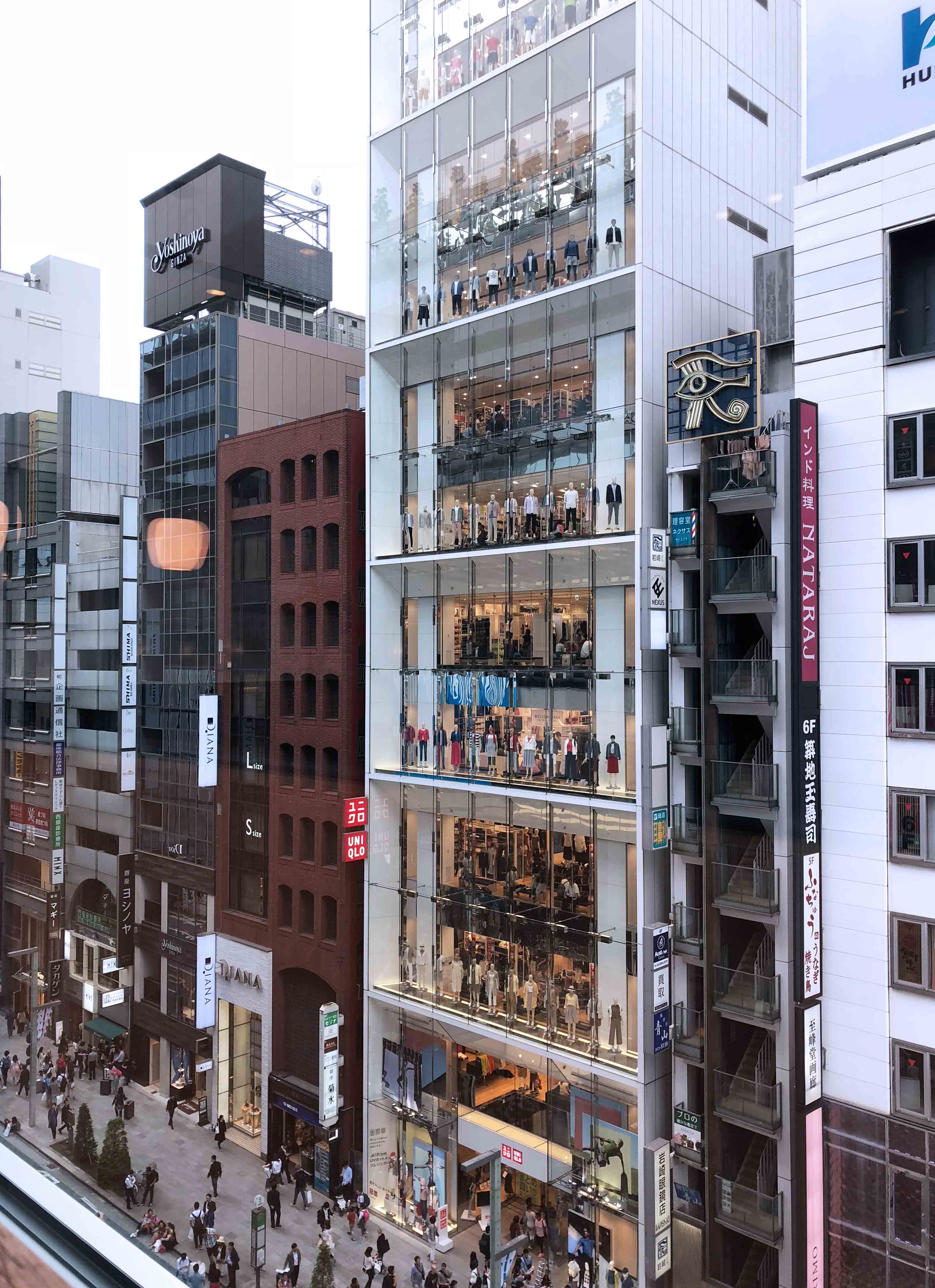
Uniqlo at Ginza. 6 stories high!
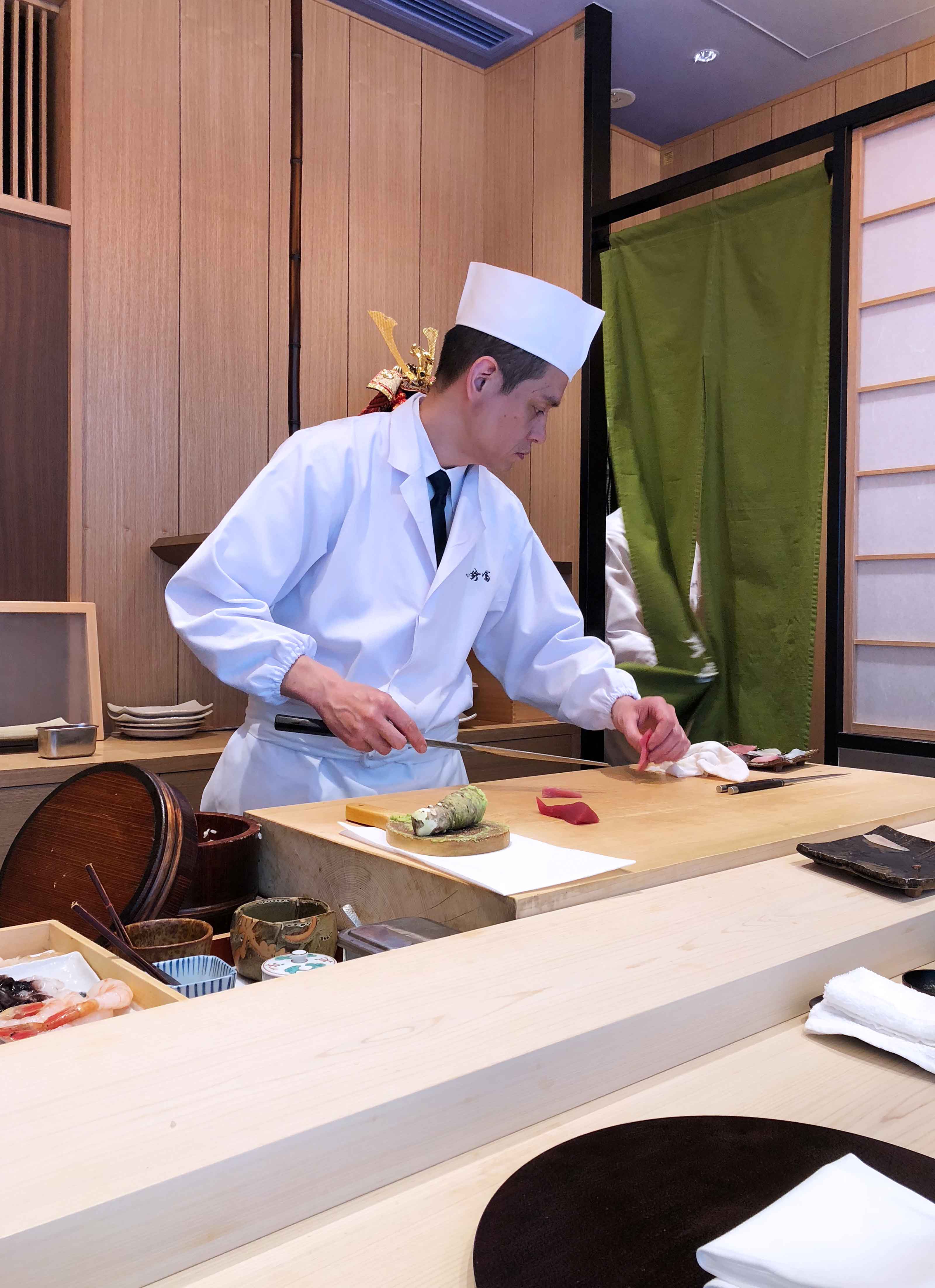
Tsukiji Suzutomi Restaurant on the 13th floor at Ginza Six
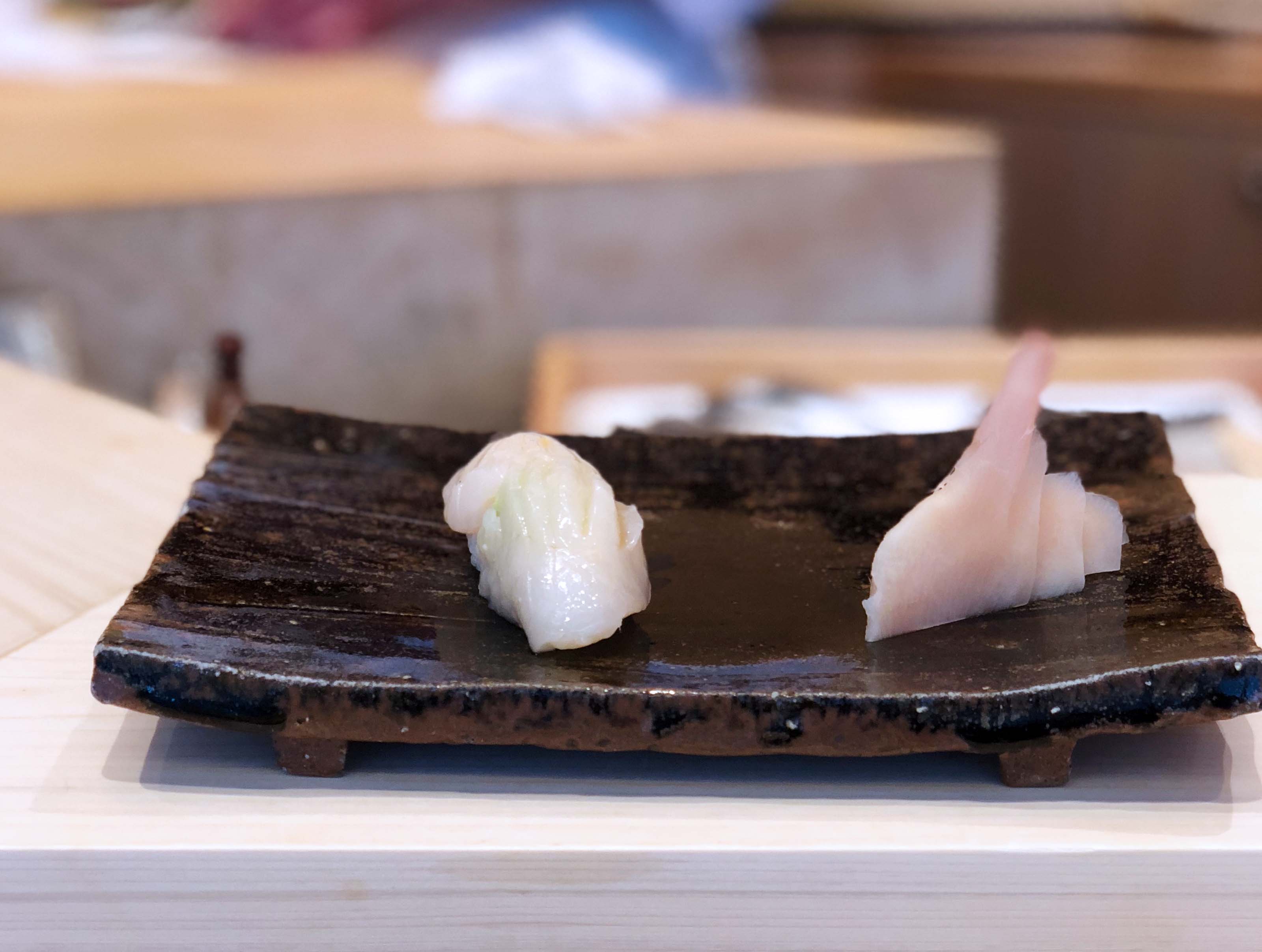
The best and most fresh sushi I had at Tsukiji Suzutomi Restaurant
- Ginza – Ginza is more than just a shopping district. It has always been famous for the luxury boutiques in this town. One can almost go broke just shopping on this street unless your pocket’s really deep. To be honest, I had one of the best sushi at the Ginza Six Mall. The name of the restaurant is Tsukiji Suzutomi. No doubt the price is on the higher end but I can assure you that the sushi was fresh and it tasted oh, so good. I was there around 1pm so the crowd has died down. It is recommended that you to get your hotel’s help to make a reservation before you go.
- Tsukiji Fish Market – This market is one of Japan’s largest fish and fresh food market. You can find anything from fresh fish, meat to vegetables here. There is also dried food which you can pack it to-go and even kitchenware. We had really good and fresh seafood for lunch here.
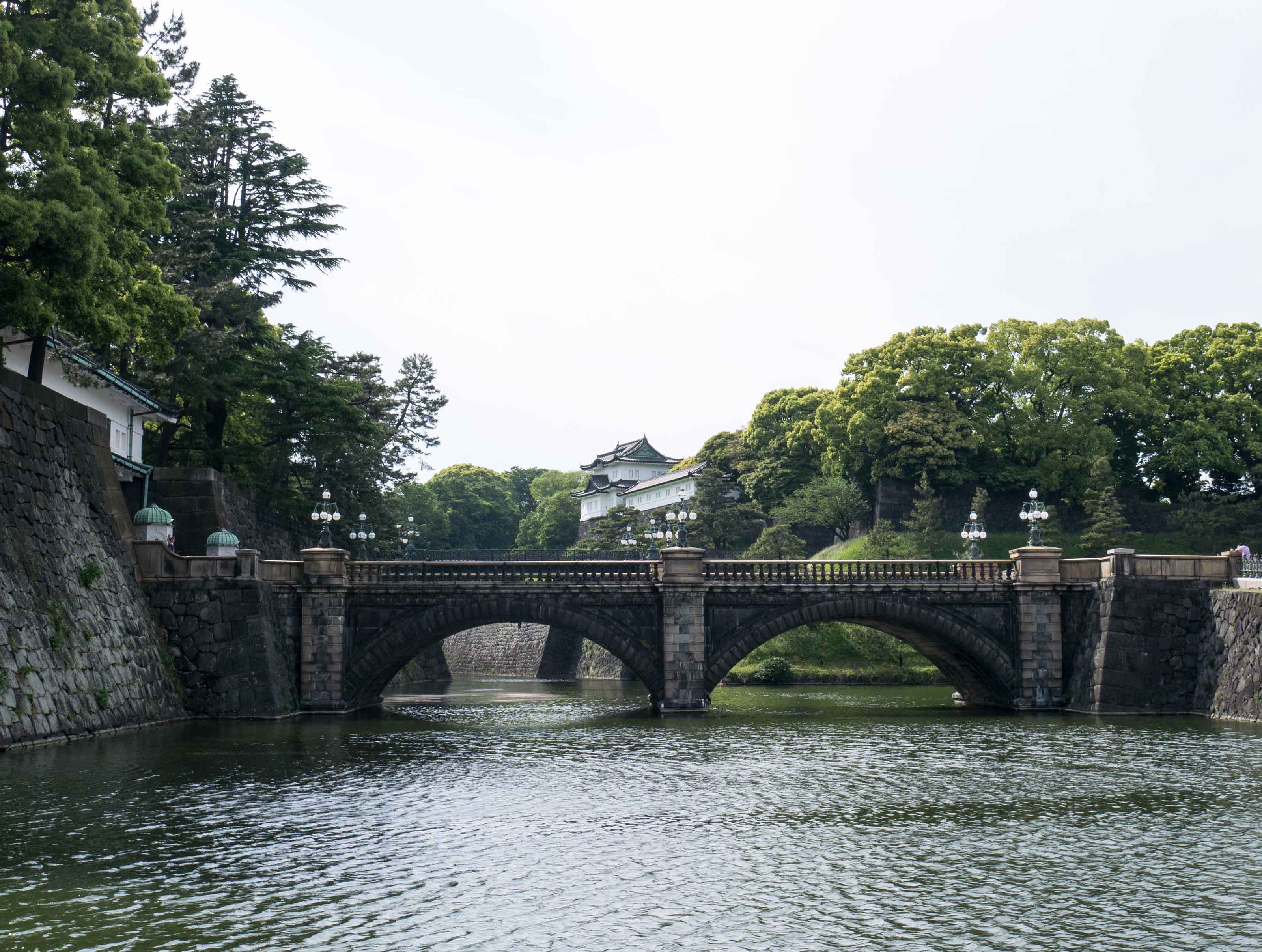
Nijubashi Bridge at the front entrance of Tokyo Imperial Palace
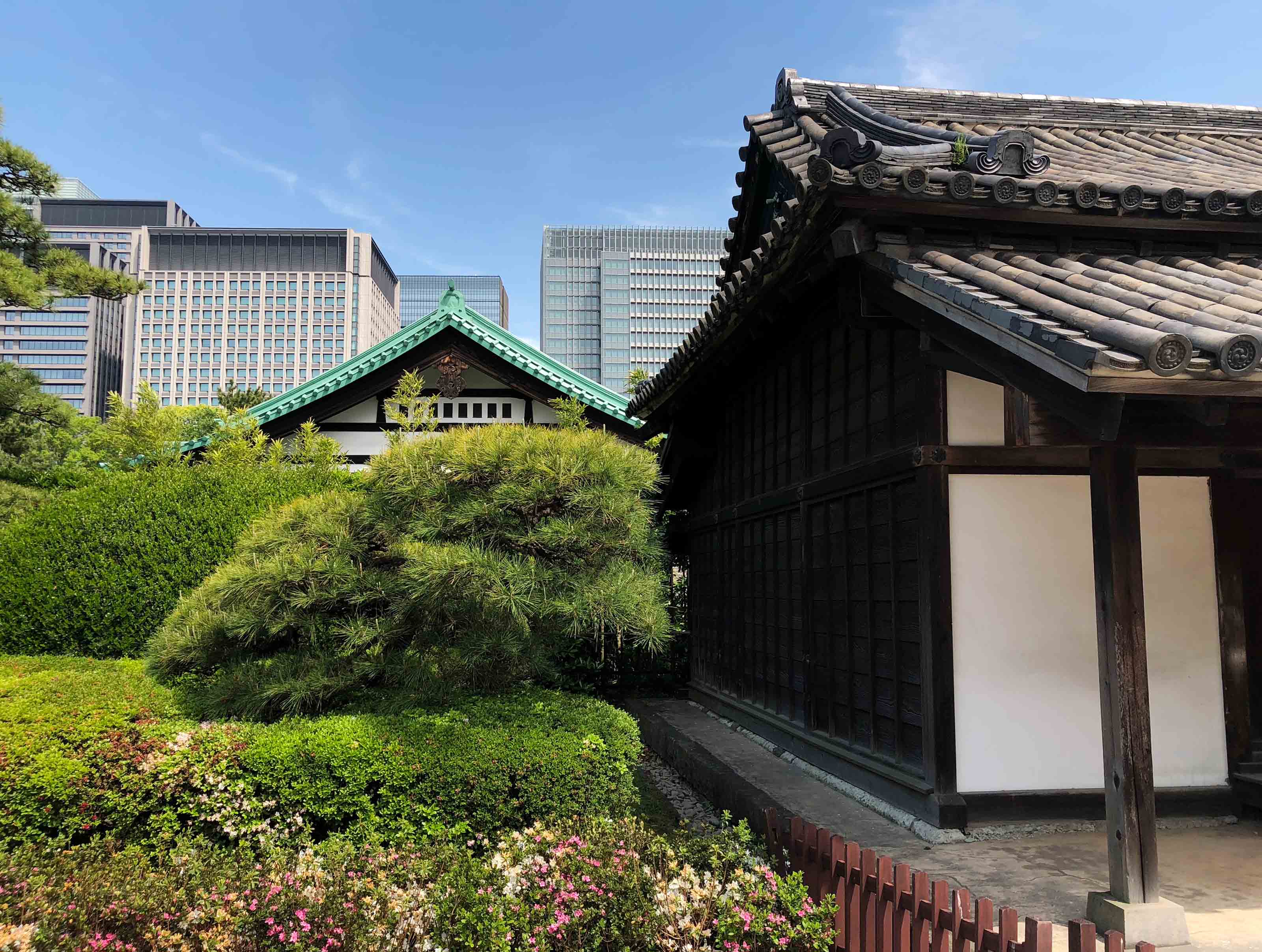
1 of the remaining guard house at Tokyo Imperial Palace, facing Marunouchi.
- Imperial Palace/Nijubashi – The former Tokugawa Family moved from Kyoto Imperial Palace to Tokyo and lived here ever since. Part of the palace is open for public but unfortunately, when I was there, it happened to be a public holiday so the entrance was closed. I only walked around the garden, which was opened for public. The Nijubashi Bridge in front of the palace is famous too.
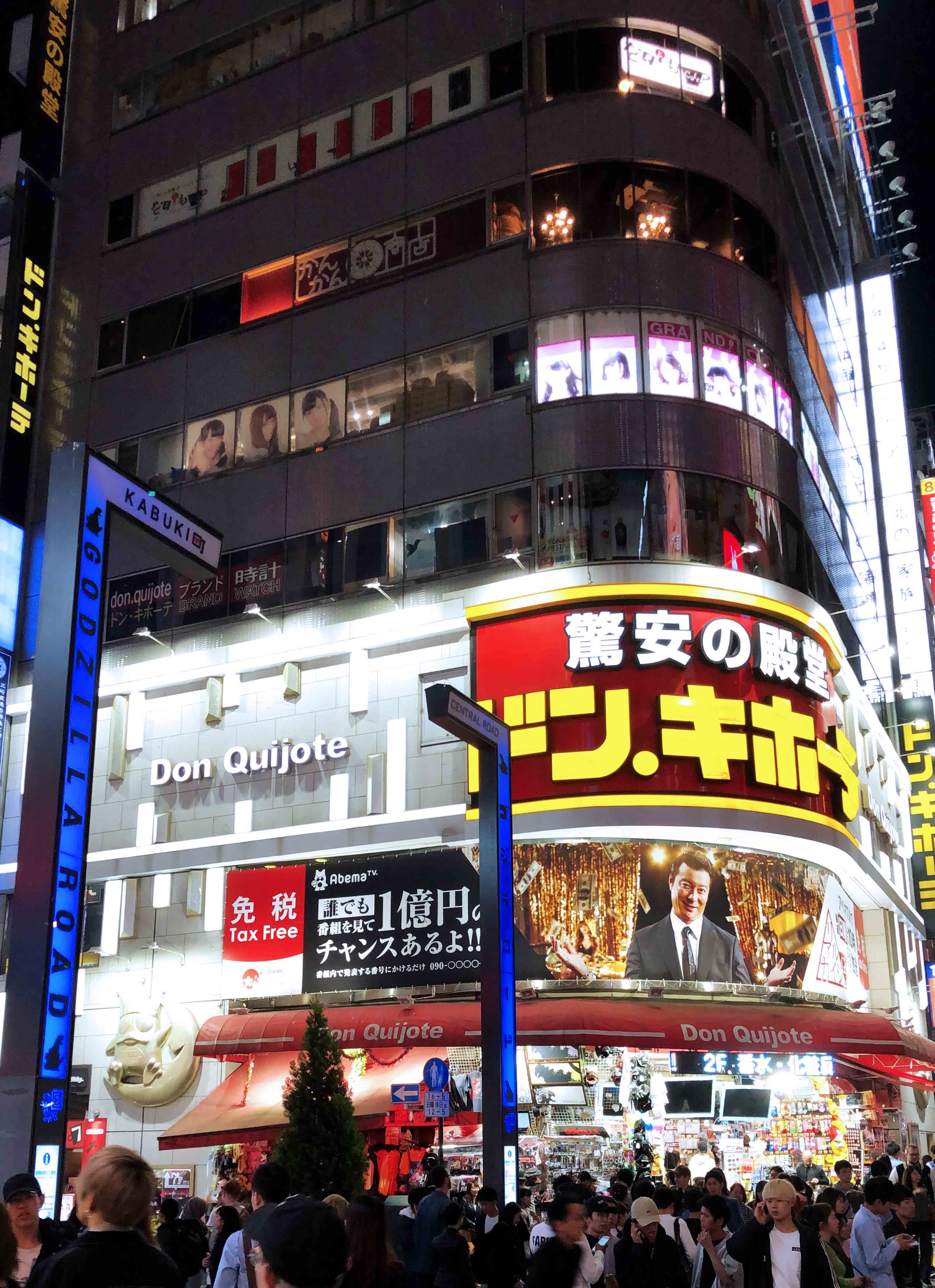
A huge Don Quijote store at Shinjuku and open 24 hours.
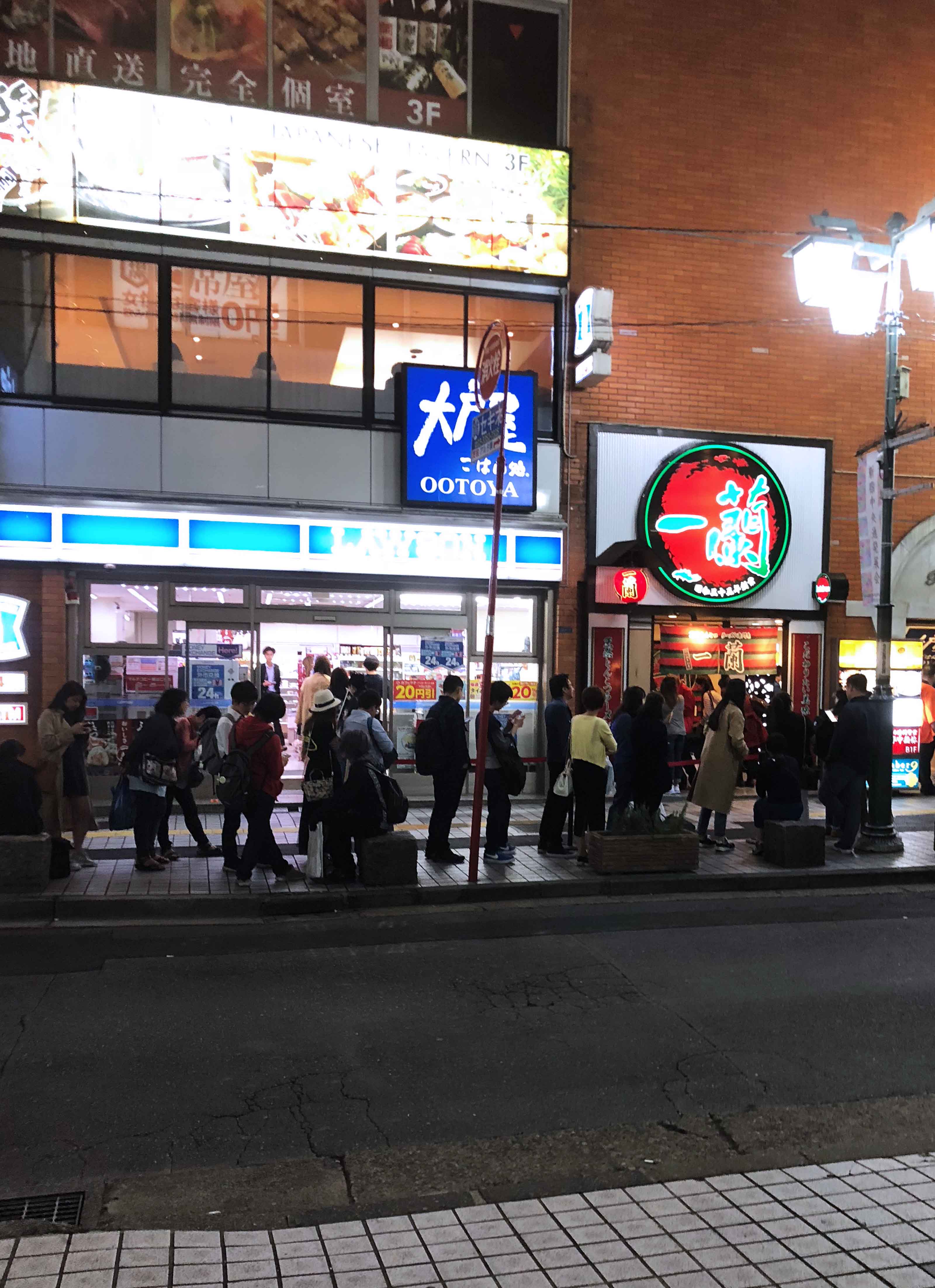
A famous Ramen Shop in Shinjuku – Ichiran. At 10pm, there’s still a line!
- Shinjuku – Shinjuku is like a younger version of Shibuya. It’s just as crowded and there’s plenty of shopping and entertainment. Shinjuku also houses a number of government offices and businesses. There’s a huge Uniqlo store at Shinjuku and also a very large Don Quijote. Don Quijote has been my favorite place to shop for knick-knacks ever since my sister introduced it to me. It is also open 24 hours, so you can shop anytime! If you’re experiencing jet lag, why not visit Don Quijote?
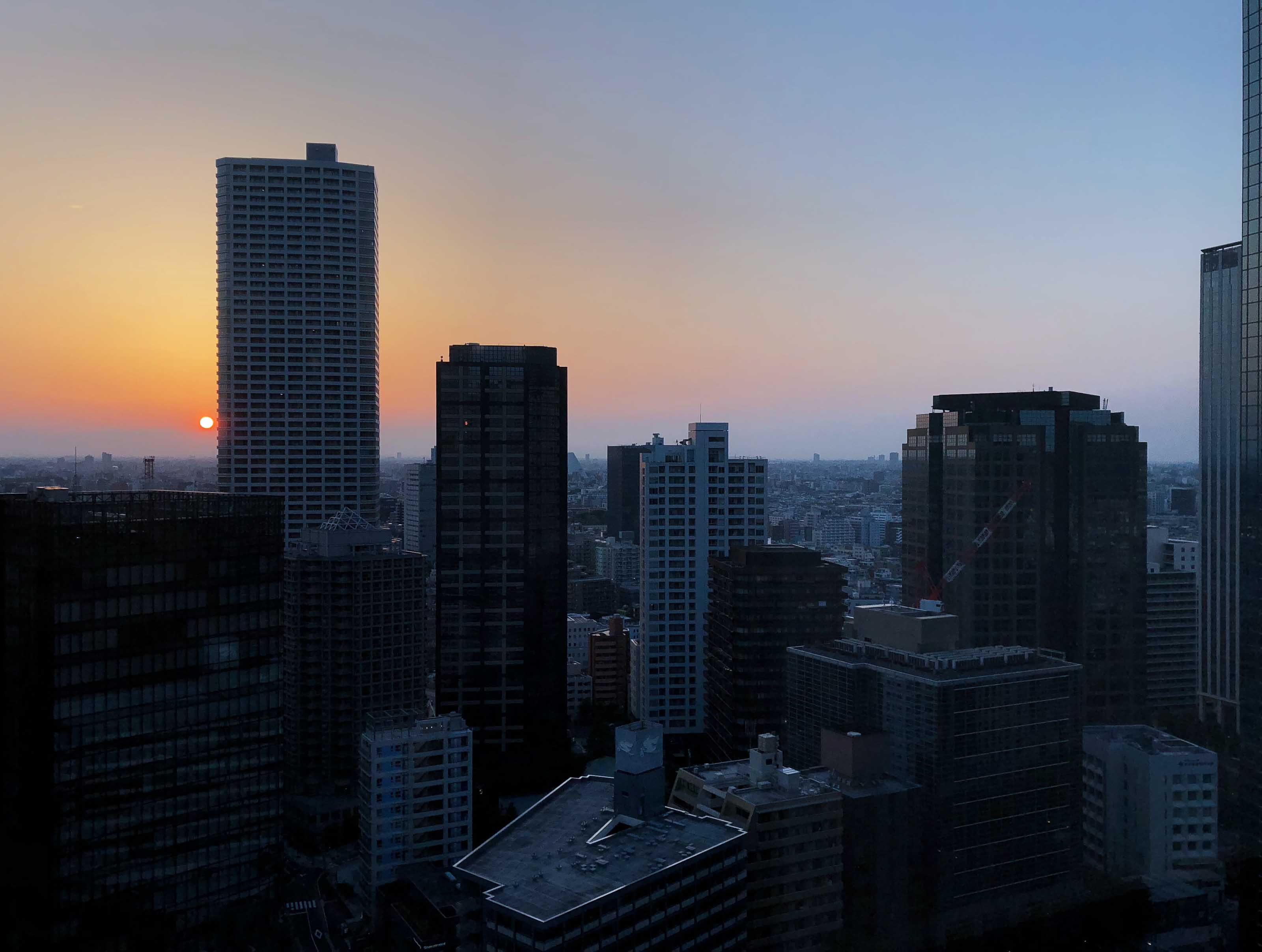
Sunset view of Shinjuku from my Hilton Shinjuku
I hope that the above tips will be able to help you with your visit to Tokyo. There’s a lot more to discover about Tokyo than what I’ve shared. It’s good to stay at least 4 days to discover this city. After Tokyo, our next stop is Kyoto. I’ll share more about Kyoto with you in the next post.
Have you been to Tokyo? What would you highly recommend to do or go in Tokyo?
